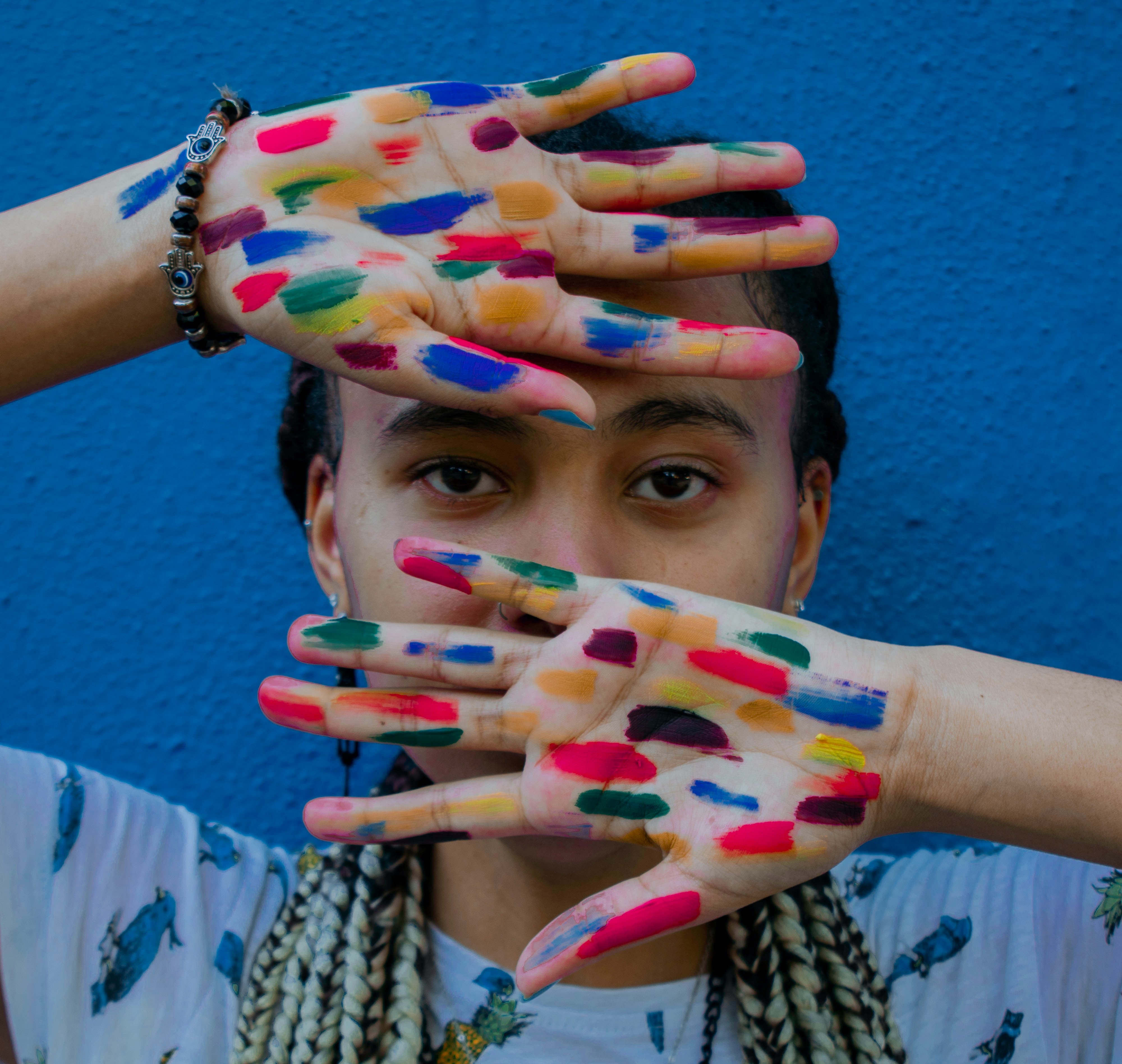Image 1: 25 respondents had the option to select one or multiple categories of professionals who have access to one or several different status types in their country (six types in total). There were a total of 178 options selected (excluding 'not applicable' responses). Category ‘Writers, composers, and choreographers' was chosen 40 times, while 'audiovisual artists' and 'performing artists' each received 38 selections, and ‘visual artists’ was selected 37 times. Non-artist professionals were mentioned 22 times.
3. Proof of activity and income are the most frequently applied criteria; diploma in the arts is the least applied
The majority of status-related schemes center on individuals' actual activity within the sector, including its duration or publicly available outputs, and place less emphasis on ranking elements related to recognition, such as received prizes and awards, or education.
Proof of income generated from artistic activities, along with the corresponding tax payments, is also an important eligibility criterion for many programs. It is not only about having earned a required minimum, but in some cases, it is also about not having earned enough - often with a requirement to demonstrate that the reasons for this were beyond one's control.
Artistic quality is not a major criterion in the EU-wide snapshot, even though it is still considered in many programmes. A diploma in the arts is the least frequently considered factor. Only a few 'status of the artist' schemes have special strands or conditions for career entrants.








